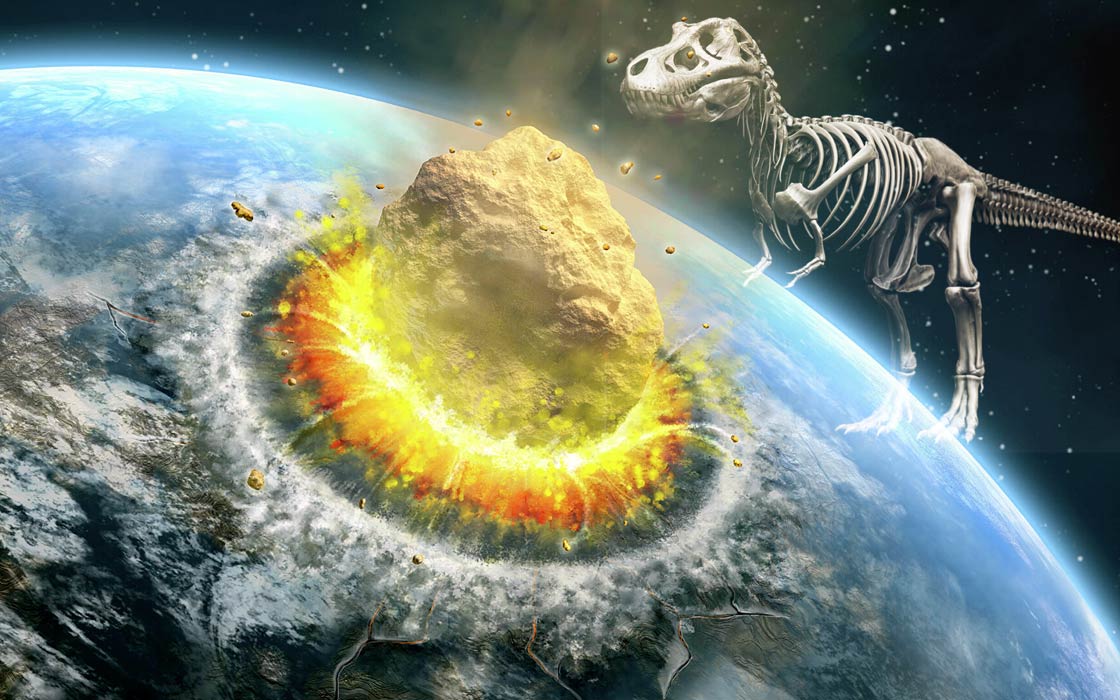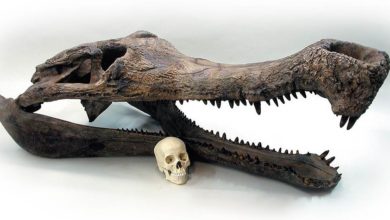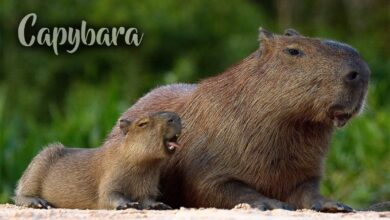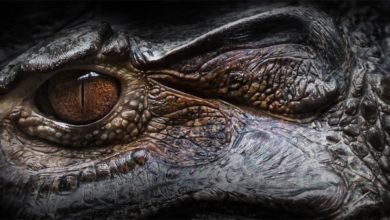We know how dinosaurs became extinct. A new discovery
How did the dinosaurs die out?
A new discovery of international group of scientists
66 million years ago, an asteroid struck the Earth, which contributed to the destruction of most organisms on the planet. Researchers at Vrije Universiteit Brussel and the University of Texas at Austin say they have found celestial dust, the analysis of which supports the idea of a disaster millions of years ago.
According to a popular thesis, dust after the impact blocked the sun for a long time, leading to a cooling of the climate and the destruction of dinosaurs
High concentrations of iridium and other platinum metals have been found near a crater on the Yucatan Peninsula. These rare metals are rarely found in rocks on the Earth’s surface but are found in relatively high concentrations in meteorites
The agitated dust probably lingered in the atmosphere for many years and did not settle back into the crater until decades later.

The first facts
The first concrete clue that provided an explanation for the mass extinctions at the end of the Cretaceous period was found in sedimentary strata in Italy and Spain in the late 1970s. Extremely high concentrations of iridium and other platinum metals were found in a very thin layer of clay minerals marking the boundary of the Cretaceous Period. These rare metals are rarely found in rocks on the Earth’s surface but are found in relatively high concentrations in meteorites.
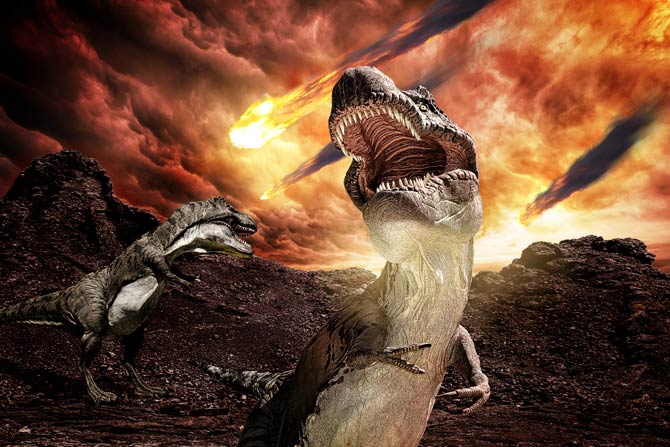
Another piece of the puzzle
Another important piece of the puzzle for the asteroid theory was the discovery in the early 1990s measuring about 200 km the “Chicxulub” impact crater, in the Yucatan Peninsula, Mexico. It is the only known crater on Earth with an intact “peak ring”. These are special structures of rugged mountains inside the main crater rim. According to a popular thesis, the dust obscured the sun for a long time after the impact, leading to a cooling of the climate and the destruction of dinosaurs.

Scientists have traced the path of the global asteroid dust layer into the Chicxulub impact crater
The fact that this layer was preserved in the crater is surprising given dynamic processes during and after impact, such as a tsunami. Apparently most of the energetic activity was finished before the iridium settled back into the crater. The agitated dust probably lingered in the atmosphere for many years and did not settle back into the crater until decades later.
For scientists, the fact that a layer of meteorite dust is preserved inside the crater is “undeniable evidence that impact and extinction are closely related, so the puzzle is now complete.”
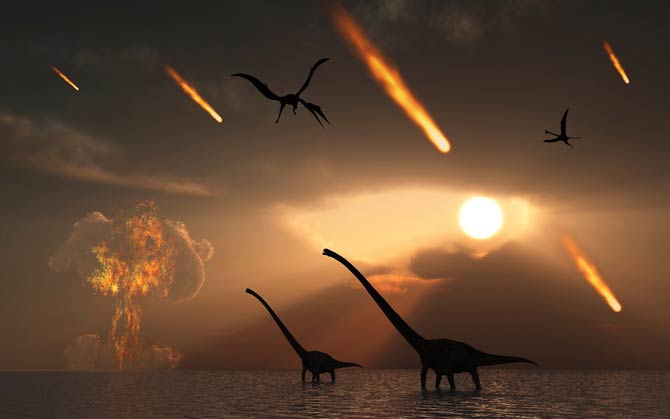
Recommended
- History of animals and plants extinction
- Extinction of dinosaurs. Why are they extinct?
- Mass extinctions of species – the „Big Five”

